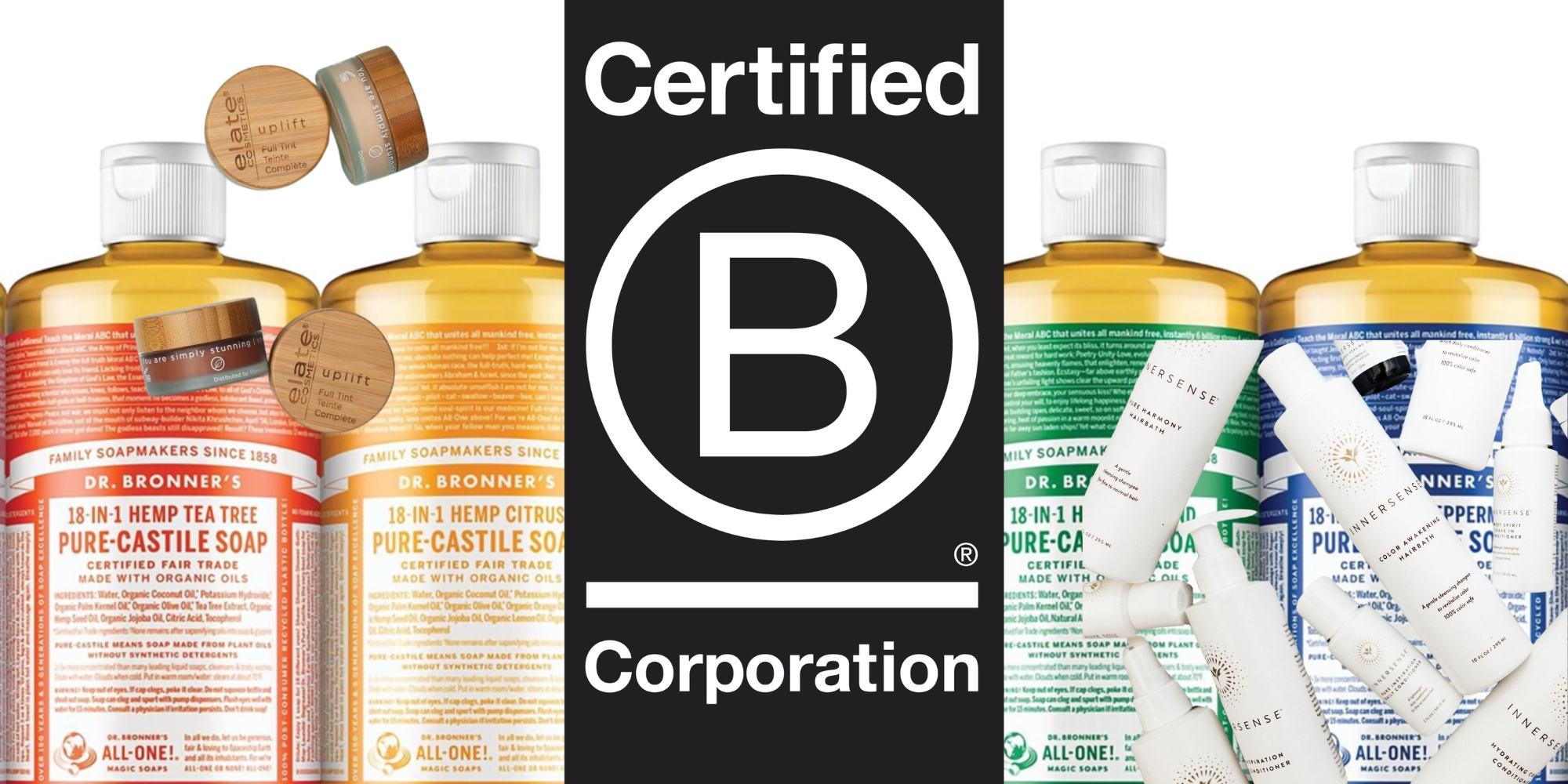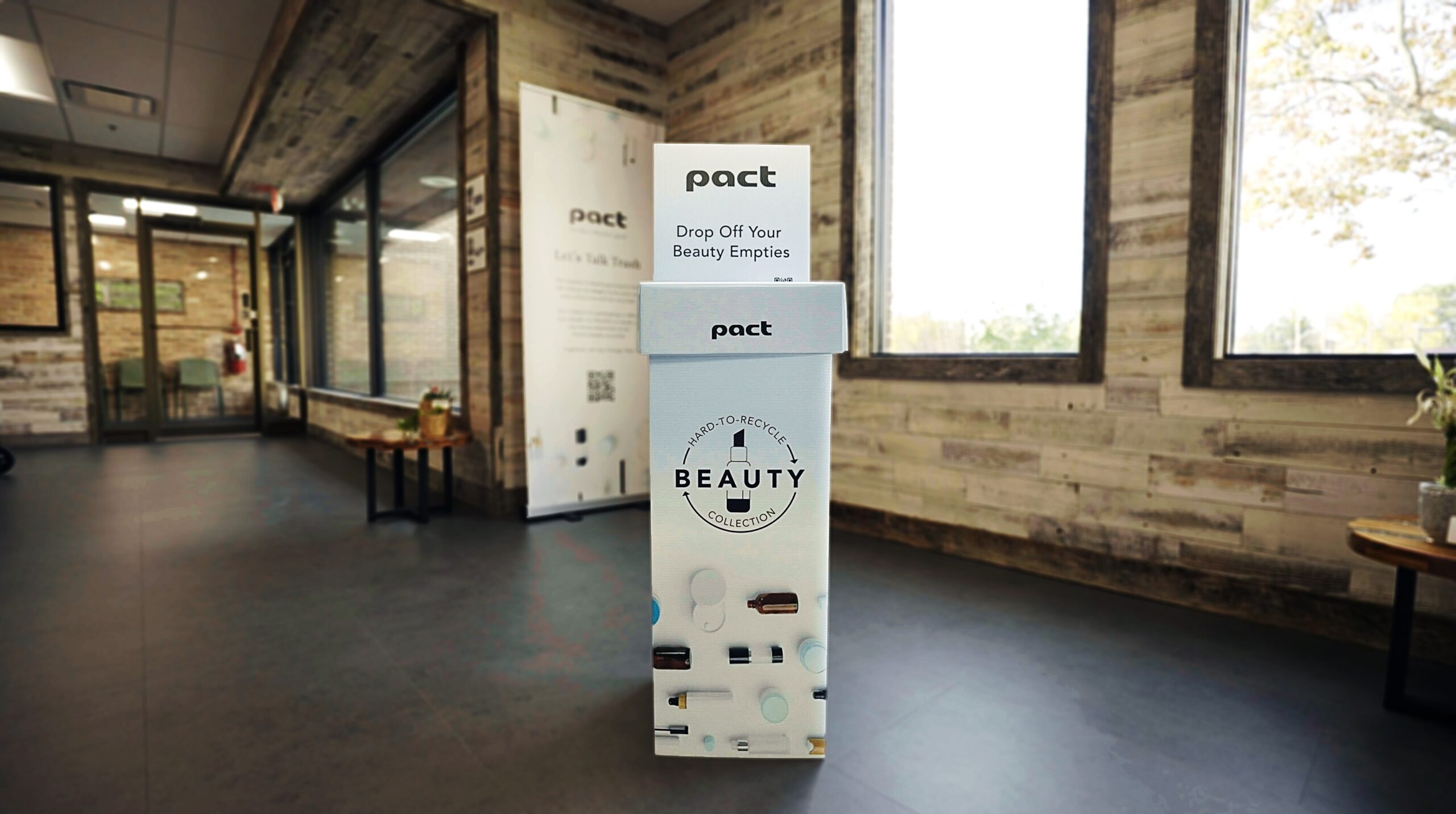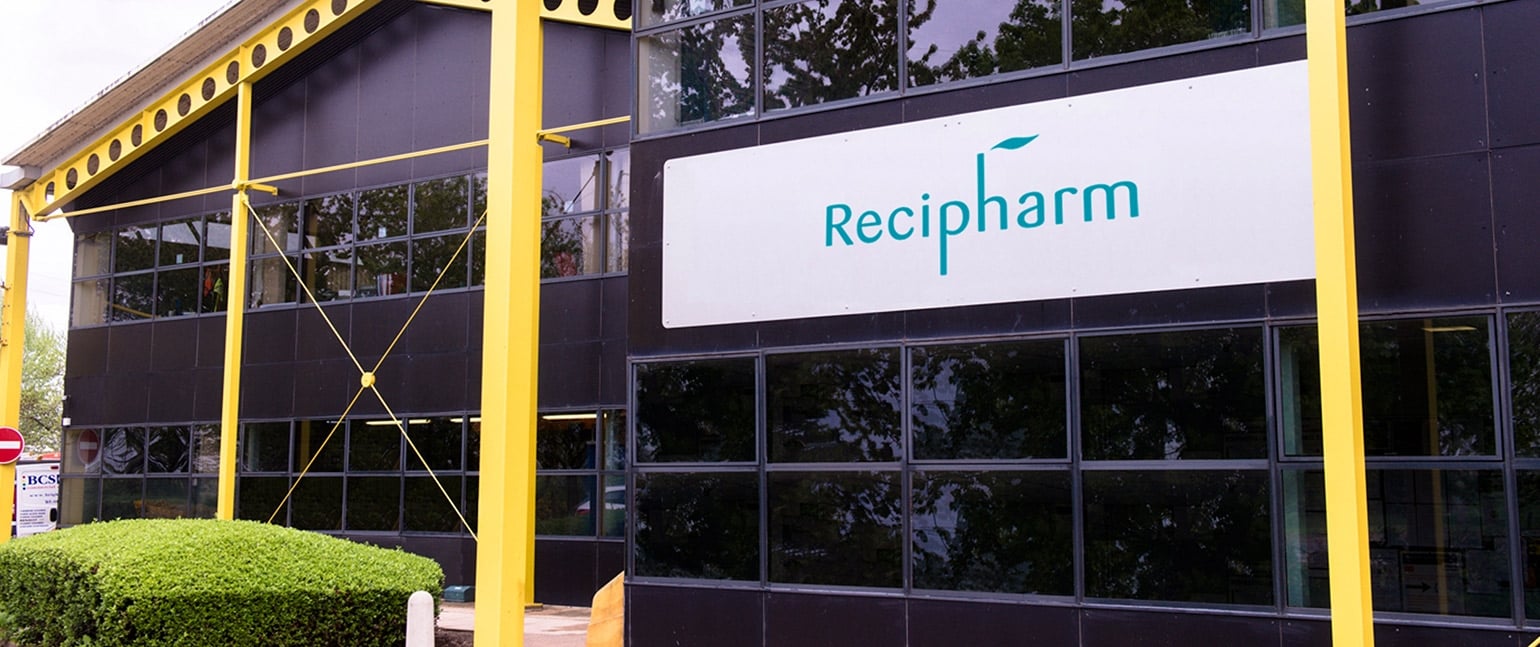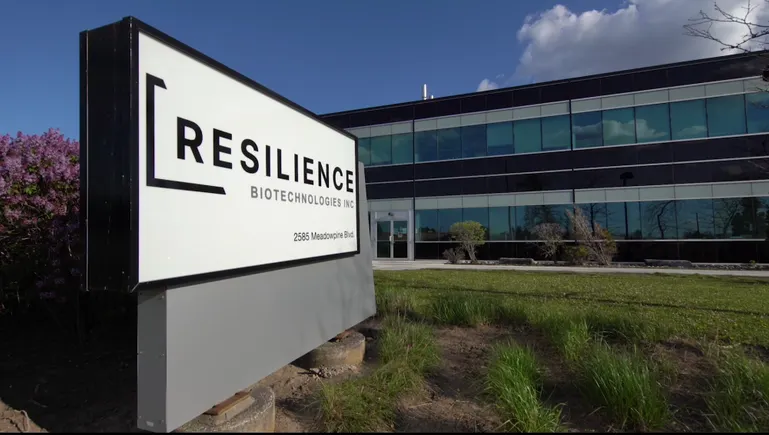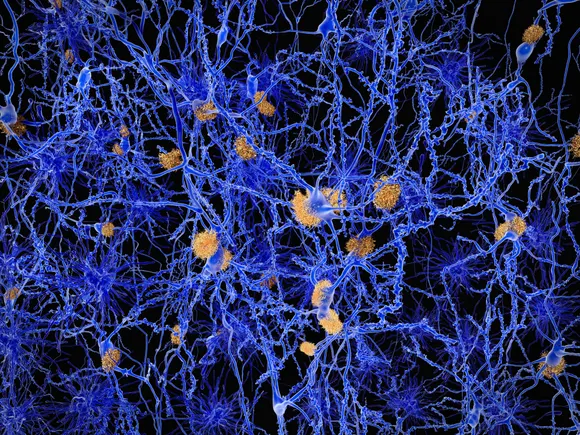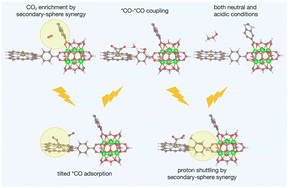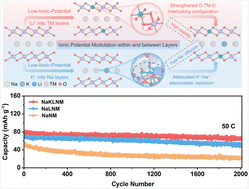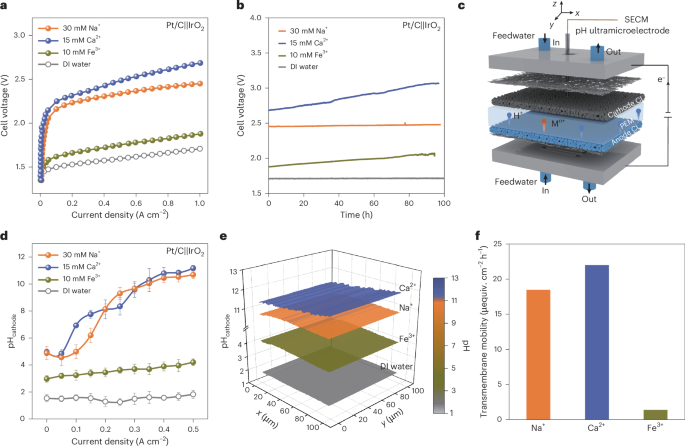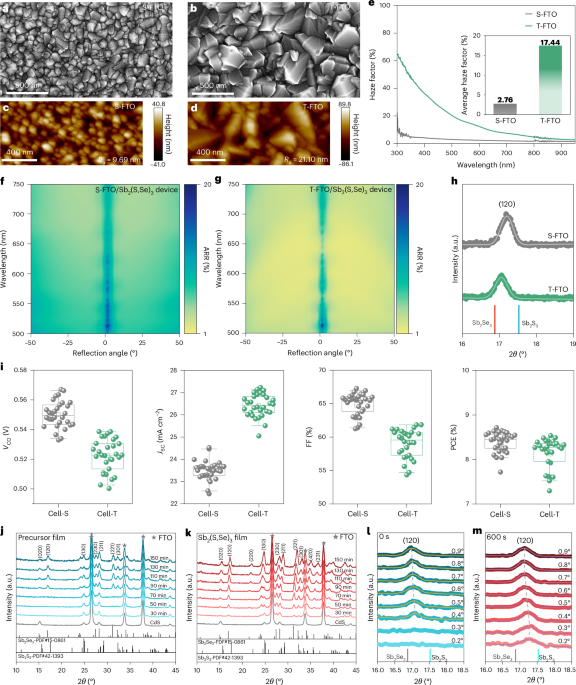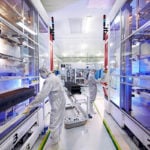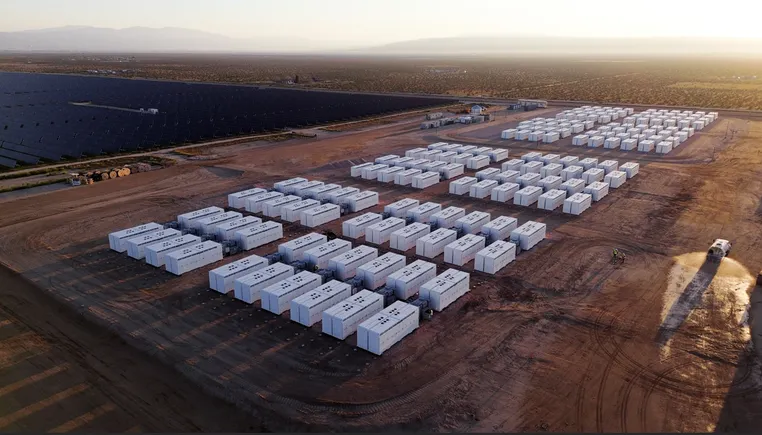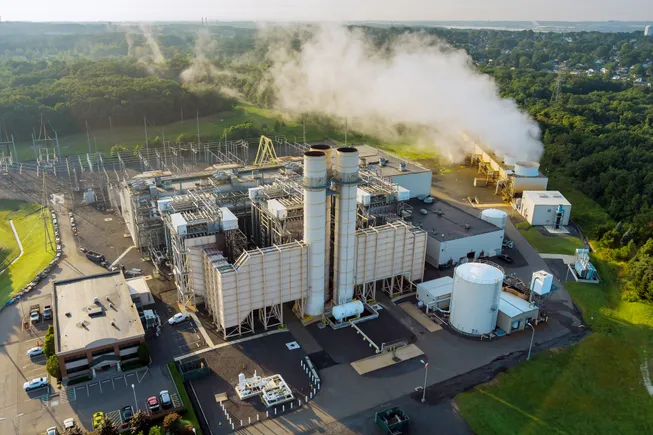A Sweeter Solution: Caramelized Sucrose Additives Render Eco‐Friendly and High‐Performance Perovskite Solar Cells
Advanced Energy Materials, EarlyView.

Caramelized sucrose derivatives are sustainable and environmentally friendly additives for perovskite solar cells. The incorporation of H significantly enhances the performance of perovskite solar cells, attaining a certified record efficiency of 25.07%. The improvement is attributed to reduced molecular aggregation, enhanced crystallinity, and superior operational stability, maintaining over 80% of initial efficiency after 1000 h, underscoring its potential for future sustainable photovoltaic applications.
Abstract
The strategic incorporation of additives into perovskite solar cells (PSCs) has emerged as a pivotal approach for enhancing power conversion efficiency (PCE) while using minimal material input and facile processing. This study presents an in-depth investigation into the application of naturally abundant, cost-effective, and environmentally sustainable additives—sugar and its caramelized derivatives—in PSCs, culminating in a record PCE of 25.26% (certified 25.07%) among reported PSCs utilizing natural materials as additives. Furthermore, the fabricated devices exhibit exceptional long-term stability, retaining over 80% of their initial efficiency following 1000 h of continuous light exposure. While refined, and recrystallized sucrose proves ineffective due to strong hydrogen bonding, caramelized sucrose is identified as a highly effective additive, with disaccharides thermally decomposing at 220 °C—yielding H—demonstrating superior performance over those processed below 200 °C, which predominantly forms caramelan, caramelin, and caramelen. The observed enhancement in photovoltaic performance is attributed to the proportional differences in hydroxyl, carboxylic, and carbonyl functional groups in the additives, with carbonyl functionalities playing the dominantly favorable role in augmenting PSC performance while hydroxyl groups do the opposite.













































